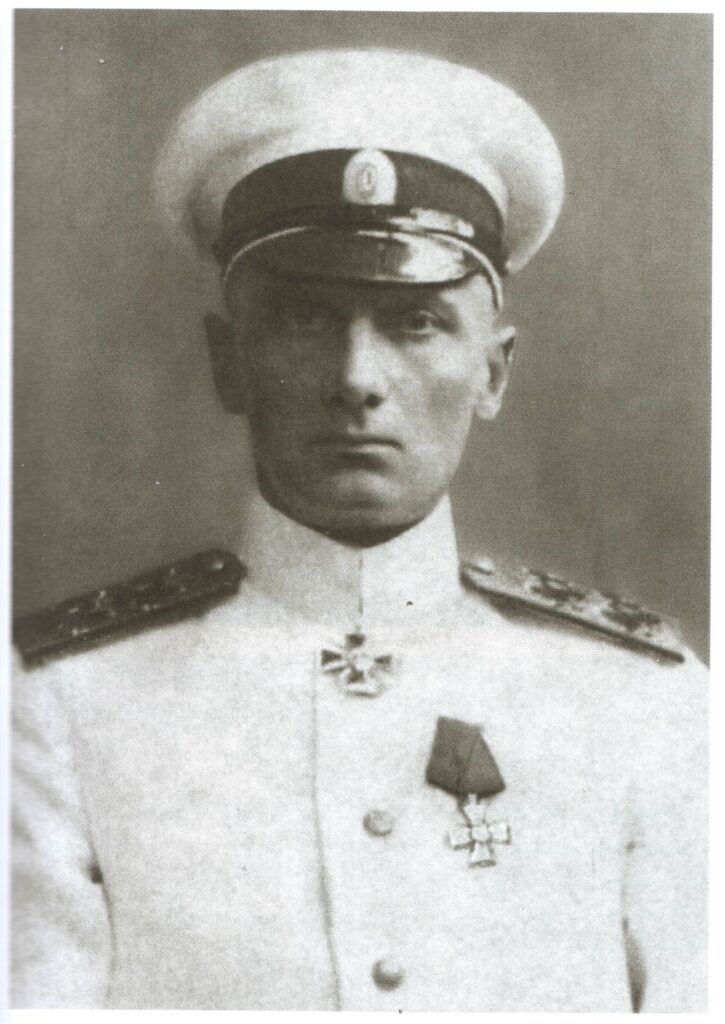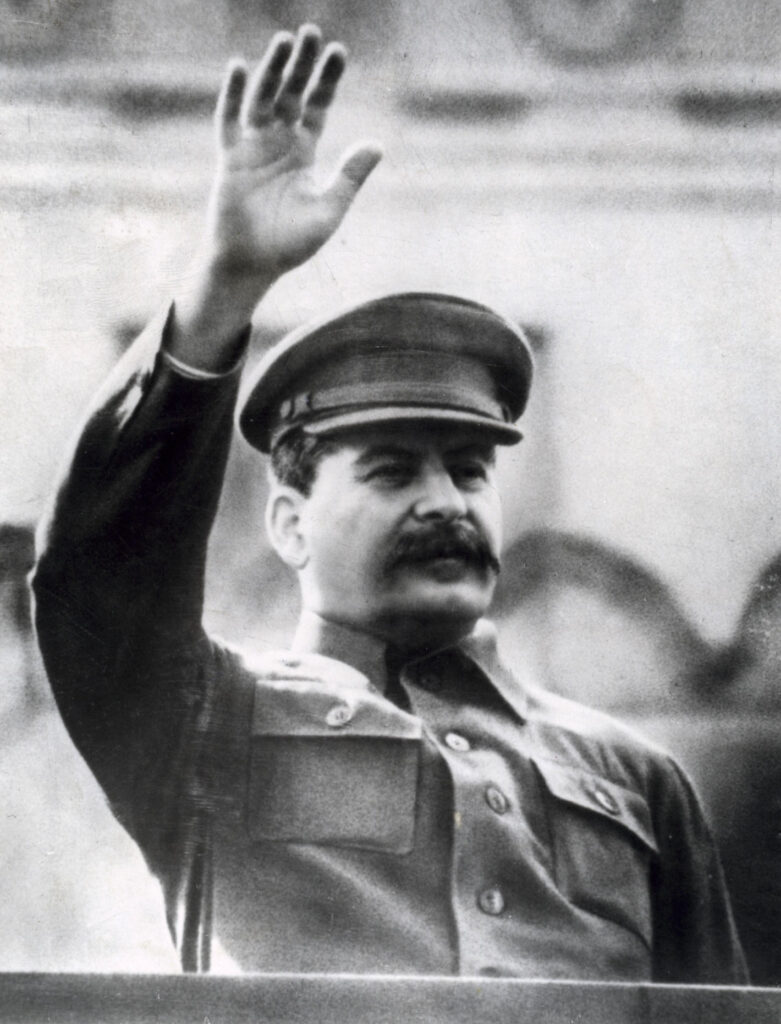
Vice-Admiral Kolchak
Burnt by the Sun
Bill Hartley is on planet propaganda
Russian cinema brings to mind heroic Soviet era films such as Battleship Potemkin, imbued with socialist realism and designed to get the official seal of approval and inspire the masses. Such films have defined Russian culture. Yet since the 1990’s there has been a change from where Russia gets its heroes. Production values have improved too and can at times be on a par with Hollywood. It is worth watching a few of these pictures just to see how things have changed.
The Admiral directed by Andrei Kravchuk tells the story of Alexander Vasilyevich Kolchak and it is difficult to imagine anyone getting approval for such a picture during the Soviet era. Even on release in 2008 it attracted controversy, since in Soviet historiography Kolchak was a villain. This is because despite being a hero of both the Russo-Japanese and First World Wars, he also led the White Russian forces during the civil war. Kolchak was something of a Coriolanus figure, a brilliant sailor and military leader but lacking in political skills and unwilling to forge an anti Red alliance with groups that didn’t share his agenda. The film follows his career from naval officer in the Baltic to final demise at the hands of a worker’s militia on the Trans Siberian Railway. Along the way the picture doesn’t hesitate to show the brutal behaviour of naval mutineers towards their officers. What matters though is Kolchak’s nationalism. He is portrayed as having Russia’s best interests at heart. In one scene mutineers fall back respectfully whilst Kolchak is allowed to disarm himself. The picture conveniently overlooks the fact that Kolchak was only there because the British persuaded him to return to Russia and take charge of resistance to the Bolsheviks. Kolchak’s nationalist credentials and personal heroism are the most important things here. It is a good example of what is now being described as Russian popular cinema and was funded by the state controlled Channel One television station.
Although The Admiral appeared when Russia was well clear of the Soviet era, even back in 1994 there were signs of changing attitudes when the first of the Burnt By The Sun trilogy appeared. This was directed by Nikita Mikhalkov and won a best foreign film Oscar. It bears little resemblance to the two films which followed it, which is perhaps no bad thing. The film is a mixture of Chekhov and a fairy tale from the Brothers Grimm. Set in 1936, at the height of the purges, it also constitutes a severe criticism of Stalinism. The sun doing the burning is of course Comrade Stalin.
The picture takes place over a single summer’s day at a dacha where Colonel Kotov, hero of the revolution, his wife, his daughter Nadia and extended family are gathered together. An official celebration is pending because the Young Pioneers are marching. Much of what we see is through the eyes of young Nadia, who has clearly never in her life experienced anything unpleasant at the hands of an adult. Into this idyll, marching at the rear of the Young Pioneers, comes a strange bearded figure in a hat, dark glasses and, despite the heat, a full length coat. He pauses at the dacha’s gate and sniffs the air like the Big Bad Wolf. Nadia, the innocent, admits him. In the dacha he removes his disguise and we discover that he is Mitya, a senior officer of the NKVD, Stalin’s political police. He tells Kotov that in two hours a car will be coming from Moscow. Desperate to maintain an air of normality, Kotov pretends that he is taking advantage of the car to get a lift to the city. On his departure, Kotov allows Nadia, excited by the arrival of the official limousine, to sit on the lap of an NKVD thug and steer the car which is to take him to the Lubyanka.
Burnt By The Sun 2 consists of two sequels: Exodus (2010) and Citadel (2011). These were not so well received although official approval was forthcoming when Vladimir Putin, no less, visited the set.
BBTS2 suffers from the fact that no-one seems to have envisaged a sequel. Consequently, Mitya the NKVD officer, who died at the end of BBTS, is back in a pivotal role, having altered Kotov’s ‘enemy of the people’ conviction to a non capital criminal offence. This proves timely since it is now 1941 and with the Nazis advancing, political prisoners in camps close to the front are being shot. Unfortunately for Mitya, Stalin has heard that Kotov still lives. There is a wrenching ‘interview under stress’ scene when Mitya is called in to account for himself. Watched by NKVD chief Beria, he is ‘encouraged’ by Stalin to play the piano whilst answering questions.
Because of the threat posed by the Fascist invader, Kotov’s crimes are forgiven. Stalin personally rehabilitates him from a penal battalion where he has been fighting heroically and he is raised back to his old rank. Mysteriously Stalin encourages Kotov not to ask why this has happened to him but what for. There is a cruel sting in the tale. Kotov’s mission is to take a German held citadel. Stalin approves his battle plan as militarily but not politically sound. The NKVD have rounded up thousands of draft dodgers and other undesirables and Kotov is to launch them unarmed in a full frontal attack on the citadel. Since they are in civilian clothes their corpses will make excellent propaganda pictures in the west. The German commander who sees what is about to happen retreats to his quarters in disgust, complaining that he is a professional soldier, ‘not a chastiser’.
Each of these films have profound stories to tell and Citadel is arguably the Russian equivalent of Sam Peckinpah’s Cross of Iron. They all acknowledge the brutality of the Bolsheviks and Stalin. Soviet era film-makers portrayed officially approved heroes. Post Soviet Russia needs its heroes too but it gets them from sources previously considered unacceptable.

Stalin in July 1941
WILLIAM HARTLEY is a former deputy governor in HM Prison Service and he writes from Yorkshire











The Admiral – a magnificent film, Bill. Love the sequences when: Kolchak prays for deliverance for the ship and his crew as they prepare to endure bombardment and mines; makes the rebelling Bolshevik sailors humble, nervous and uncertain when they try to confront him as the mutiny and revolution begins; proclaims his patriotism – with Russian flags fluttering behind him – as he fights his rearguard action against the advancing Red butchers. Only at the very end do we see Kolchak’s iron resolve begin to falter, a shaking hand holding a cup.